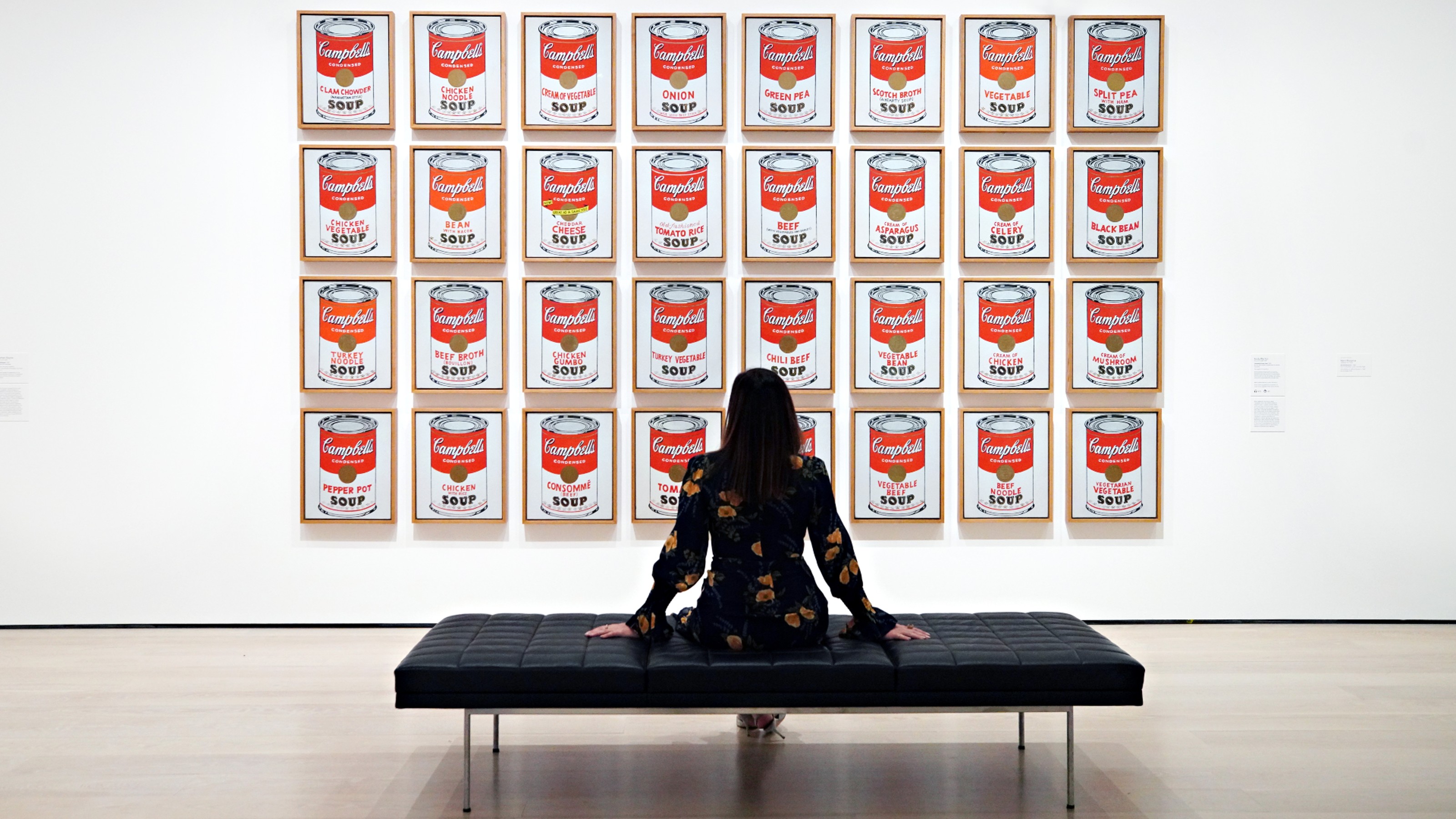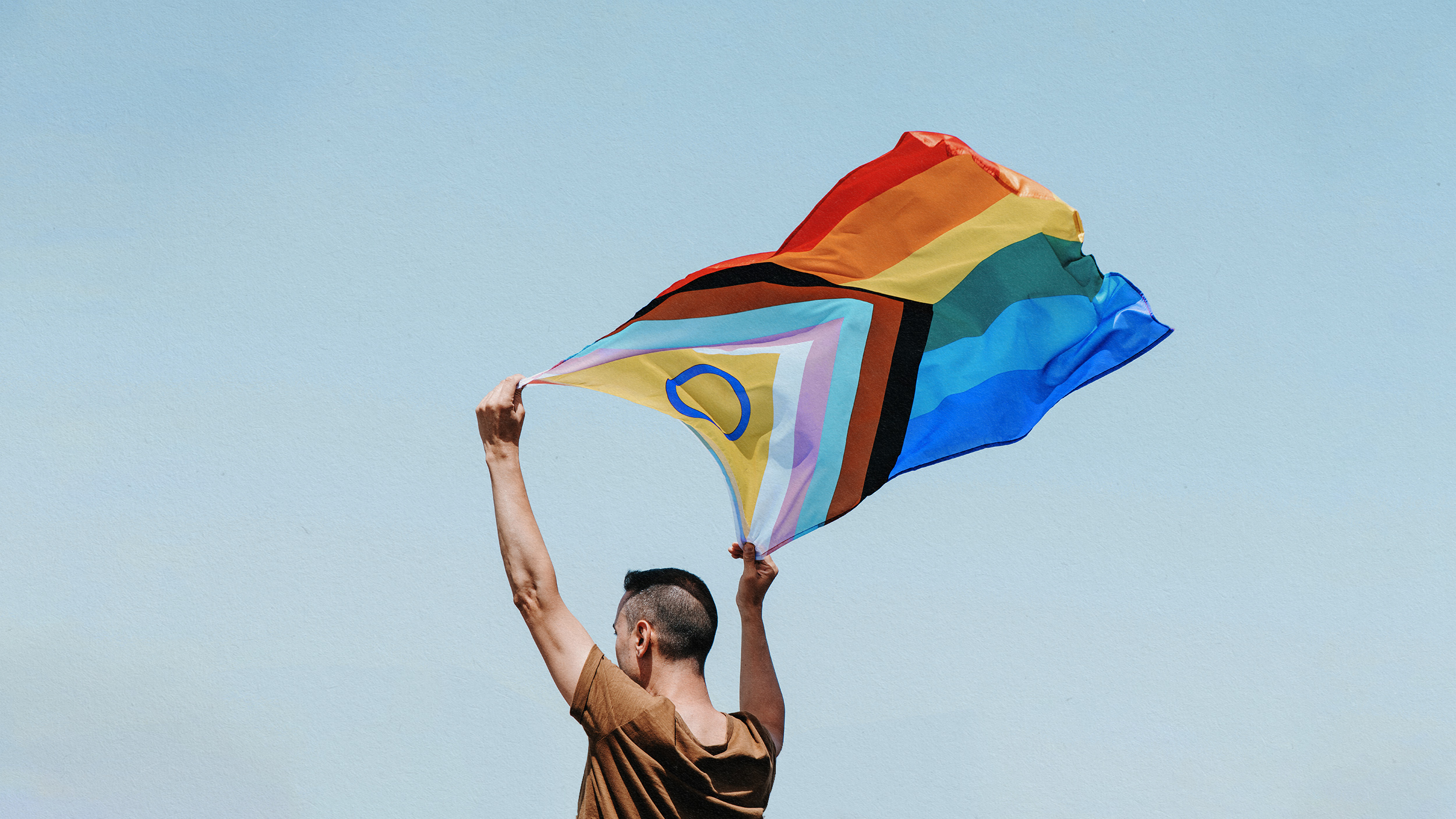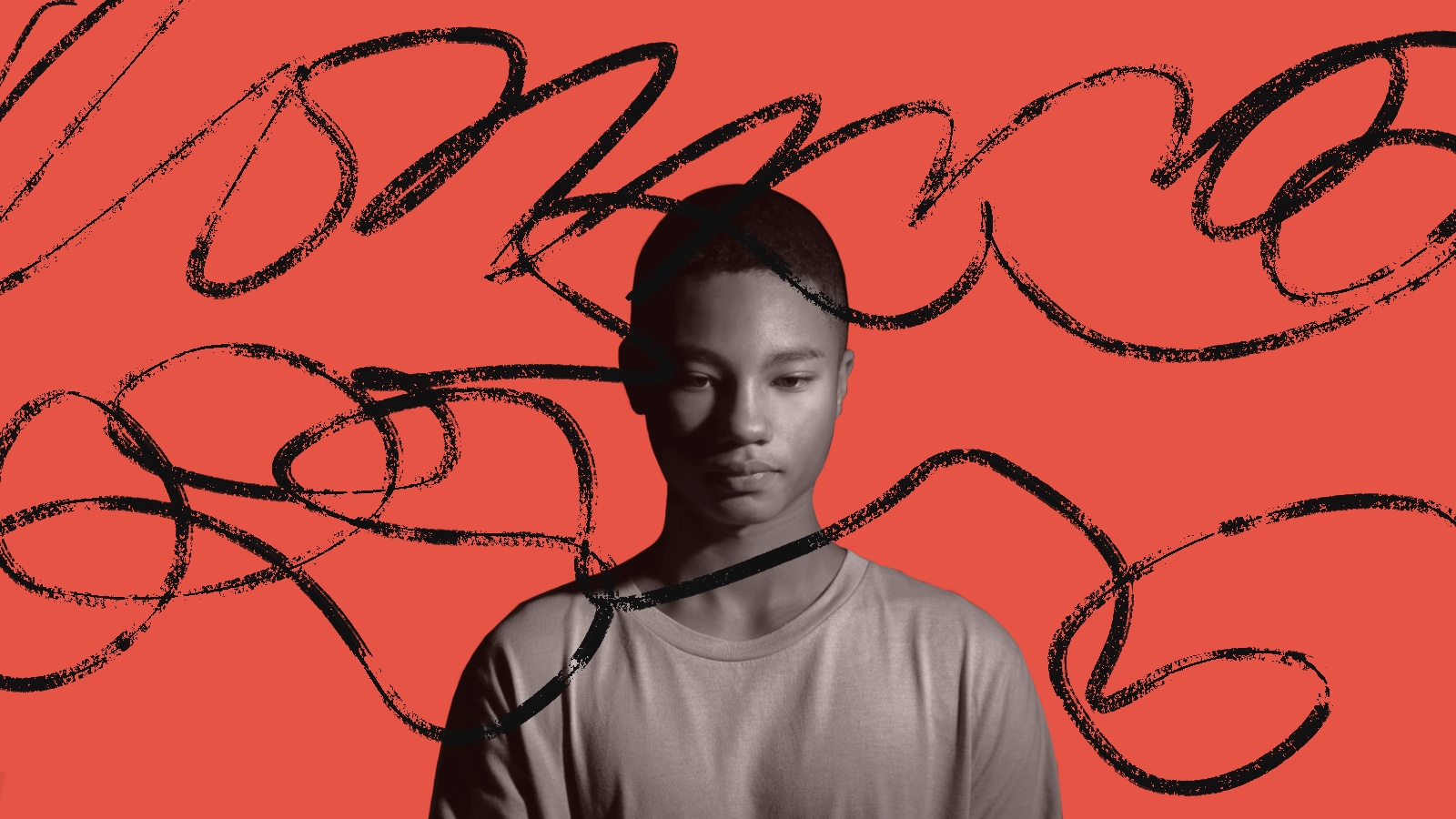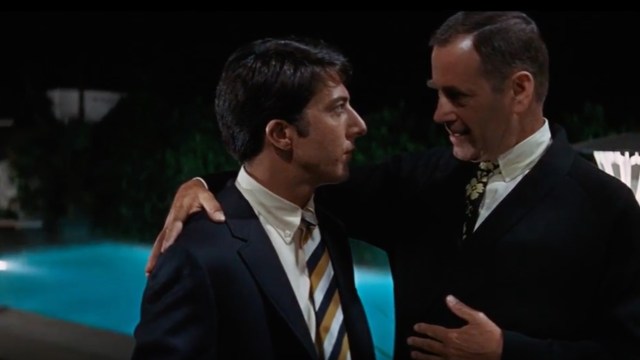Female nudity is powerful – but not necessarily empowering
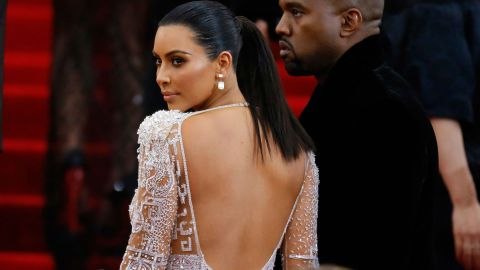
Can the naked female body ever be free? Is stripping off the ultimate expression of a woman’s emancipation? Or is her bared body always subject to sexual objectification? In a foreword to The Female Eunuch (1970), Germaine Greer imagined a feminism that would win women the ‘freedom to run, shout, talk loudly and sit with your knees apart’. Perhaps this is what she had in mind when, a year later, she posed naked for the self-styled ‘sex newspaper’ Suck, agile and impish, with ankles hoisted up above shoulders, her eyes peering out unapologetically from between her knees.
This was an assertive gesture, designed to ‘short-circuit’ the tireless commercialisation of women’s bodies in pornography. Instead of pert breasts and neat pudenda, here were labia and anus in their un-coy, unaffected, un-groomed glory. There seemed nothing contradictory in Greer’s idea of a freedom where a woman might claim both the right to expose herself and the right to lampoon the dominant ways in which women’s bodies were exposed.
Before this, in Britain at least, there seemed a curious kind of innocence to the performance of nudity in the mid-to-late 20th century: from the riotous, bawdy, booby comedy of the British Carry On franchise to the bouncy blur of sports streakers dashing across cricket pitches and tennis courts while being roundly cheered on. Here, the naked female form had a wholesomeness, as though we might all, finally, be comfortable with nudity, unflustered by sex – and untroubled by inequality. The liberated, feminist breast-baring of the 1960s reclaimed the body as a site of political declaration, seizing upon the dramatic visibility of the gesture, but acknowledging too the ways in which women’s political life was inextricable from their bodies when it came to issues of sexuality, birth control, marital rape and domestic violence. This bared body was powerful and social as well as political.
And yet, the ironic legacy of 20th-century feminism seems to be a contemporary culture in which female nudity is less concerned with protest than with performance and profit. As the various ways, means and ends of undressing in public have proliferated, the relationship of the naked female form to ideas of freedom, power and politics seems all the more entangled and unclear.
Kim Kardashian West’s bum, which ‘broke the internet’ in the winter 2014 edition of Paper magazine, is equal in influence, probably, to Helen’s ‘face that launched a thousand ships’ of yore. In the shoot, Kardashian West displays suspiciously voluptuous but apparently unaugmented curves. The photograph is taken from the rear, and Kardashian West peeps pointedly over her shoulder, eyebrows raised, into the camera, revealing the glossy, oiled curve of her back and the entire rounded cleft of her buttocks: reality TV stars such as her create their own multimillion-dollar empires on the emboldened enterprise of exposure. Women’s bodies have long been machines of capitalism; but now that machine is driven by the glossy, toned and tanned bodies of miscellaneous sex tapes, swimwear shoots and near-naked selfies. Perhaps this is only feminism happily squared with free market economics. But can the naked female form really claim to be free from the exploitative and unequal logic of capitalism?
If the commercial success of brand Kardashian is a marker of feminist industriousness and business know-how, it is also emblematic of avarice in an age of unthinkable global inequality. Isn’t there a different kind of obscenity, not only sexual, in the image of a Kardashian popping a magnum of Champagne so that it ejaculates in an arc over her head, and pours into a flute perched on her posterior? The reams of pearls wound tightly around her neck suggest unimaginable riches. They should remind us, too, of how tight that bond is between sex and money, and how ineffectually feminism has fought it.
Beyond the Kardashianisation of culture, the popular re-emergence of burlesque, the reclamation of striptease, the confident general enthusiasm for a sex-positive feminism, all seem to have abandoned the determinedly anti-pornography stance of an older generation of feminists, such as Catharine MacKinnon and Andrea Dworkin. Instead, in the early 2000s, the revival of kitsch breathed new life to the old arts of burlesque, refurbishing it as a kind of playful Feminism Lite, arch and winkingly coquettish, as though, in corsets and kitten heels, we might reconstitute the male gaze in knowing acts of seduction.
In burlesque, female sexuality claims a subversive power: it is not bent in the service of thoughtless titillation. And yet there is a kind of breezy flippancy to such a performance of sex, one that is oddly tone-deaf to the broader context in which it operates; it is unconcerned, for example, with the seriousness of sex work and the more straitened, often dangerous, circumstances in which it is undertaken.
Even in modern politics, bare breasts can be offered up, apparently, ‘instead of bombs’. The activist collective Femen, originating in Ukraine and now based in Paris, promote a flashy brand of ‘sextremism’, professing to advocate for women’s rights, challenging religion, the state and patriarchy with wildly unclothed abandon. Femen’s bare-breasted protests against the hijab, for example, call upon traditions of 1970s political feminism in deploying nudity as a strategy of direct action. But there’s something muddled in the way Femen activists reinstate their own objectification, whilst reinscribing the old, imperialist logic of ‘rescuing’ women of colour from their own traditions and choices. Femen’s is a different stripe of feminism to Malala Yousafzai’s, but how telling that a girl in a veil might claim to be as free and feminist as the one peeling off her vest?
It’s true that discernible in all this bare-assed bravado is a kind of unbridled, uninhibited confidence – the self-possession of a generation of women unafraid of their bodies and the ways that those bodies are made visible or available to others. And perhaps there is something priggish and entirely unliberated in baulking at the prospect of baring all. But isn’t it also a damning indictment of feminism’s failure to move beyond the body?
In our tired culture of dignified rights and intelligent outrage perhaps there is an assertive and incontrovertible truth claimed by the naked female form. Perhaps that’s why we rail against censoring images of breast-feeding mums, and counsel our daughters to feel body-confident. Yet in a commercial culture in which women are relentlessly reduced to bodies, rather than voices, overwhelming sexualised and commodified, prized for their adherence to narrowed beauty ideals, the challenge of modern feminism is to find inventive ways of reframing the body to better express the complexity and diversity of women.
As things stand, it’s unclear how far projects such as Femen’s and practices such as burlesque are genuinely up to that task and not, instead, oddly complicit in the sexual objectification that has for so long been a woman’s lot. Besides, isn’t it time for us to trust in the powerful, provocative and intelligent ways we can describe the life of our bodies, without having to bare them?

Shahidha Bari
This article was originally published at Aeon and has been republished under Creative Commons.
